Peace Dam - Hwacheon (평화의댐 (화천))
15.8Km 2022-12-26
3481-18 , Pyeonghwa-ro, Hwacheon-gun, Gangwon-do
+82-33-480-1512
Peace Dam in Hwacheon-gun was built in response to a potential flooding attack from North Korea. The first phase of construction began in 1986, and ended in 1989; the second phase, which entailed raising the x_height of the dam, began in 2002, and ended in 2005.
Over the years, the dam has become a major tourist destination. It has several cultural and recreational facilities including the Water Culture Center, an artificial wall stream, and rest areas. It is also located close to the DMZ, and natural landmarks such as Bimok Park, Bisugumi Valley, and Suhari Fishing Site.
Yongneup Marsh of Daeamsan Mountain (Gangwon Peace Area National Geopark) (대암산 용늪 (강원평화지역 국가지질공원))
16.4Km 2024-02-22
1106-27 Geumgang-ro, Seohwa-myeon, Inje-gun, Gangwon-do
Daeamsan Mountain is a rugged peak composed of rocks, reaching an altitude of 1,304 meters from the foothills to the summit. Formed in the hilly area on the southwest slope, Yongneup Marsh harbors both northern and southern plant species, housing various rare flora and fauna amidst its exceptional natural landscape. Exploring the ecology of Yongneup Marsh is possible through guided tours, including the Seoheung-ri course (three times a day, five hours) and the Gaa-ri course (once a day, three hours). Identification is required, and reservations are mandatory, with the presence of guides accompanying visitors.
INJE HOTEL/ 인제호텔(INJE HOTEL)
17.8Km 2025-03-18
4 , Inje-ro 187beon-gil, Inje-gun, Gangwon-do
+82-33-461-4035, +82-10-5215-1551
The Inje Hotel in Inje-eup, Gangwon-do, offers a variety of rooms including standard, VIP, large ondol rooms, and special rooms for particular customer groups. Separate shower rooms are shared. There is a Korean restaurant on the first floor, and lobby facilities include a free fax machine, a beverage/ramen vending machine, a water purifier, and a microwave. Coffee beans are always available. The hotel is close to Inje Intercity Bus Terminal, while tourist attractions within walking distance include the Sanchon Folk Museum and the Skyfall Culture Center.
Paroho Lake (Hwacheon) (파로호(화천))
18.5Km 2022-12-26
36-8, Baeteo-gil, Gandong-myeon, Hwacheon-gun, Gangwon-do
+82-33-440-2575
Paroho Lake is a manmade lake created when Hwacheon Dam was built in the valley of the Bukhangang River. The lake was once referred to as Daebungho Lake for its resembling image of an imaginary phoenix rising with its wings spread wide open when seen from afar. The area was a territory of North Korea after Korea's independence, but became a South Korean territory after the Korean War.
Soyangho Lake (Inje Section) (소양호-인제)
18.7Km 2022-12-28
133, Wonnam-ro, Inje-gun, Gangwon-do
+82-33-460-2170
Soyangho Lake, one of the biggest manmade lakes in Korea, along with Chungjuho Lake, was created in 1973 when the world’s fourth largest dam, Soyang Dam, standing 123 meters high, was constructed. The 60-kilometer watercourse connecting Chuncheon and Inje is a route along which you can enjoy the beautiful hills and streams of Naeseorak. In the Inje section, upstream of the lake, there are various species of fish such as carp, crusian, leather carp, mandarin fish and pond smelt, attracting many tourists and fisherman. Fishing spots are found in areas such as Gunchukgyo Bridge, Bupyeong, Gwandae-ri, and Sangsunaeri Fishing Pier. Also, from December and March when a portion of the lake near Gunchukgyo Bridge freezes, you can bore holes through the ice sheet and enjoy ice-fishing for pond smelt.
X-game Resort (Naerincheon Bungee Jumping) (엑스게임리조트(내린천 번지점프))
18.8Km 2025-01-06
2254, Seorak-ro, Inje-gun, Gangwon-do
+82-33-461-5216
Situated in Inje-gun, Gangwon-do, X-game Resort Naerincheon (Stream) Bungee Jumping is a leaning tower style bungee jumping facility, like those common in Australia. To secure safety, the facility is tilted at 60 degrees and flanked by steel frames on both sides. Adopting technologies employed by Bungee Big, a renowned company in Australia, it offers one of the safest bungee jumping experiences for visitors. The 63 meter high jump platform will give visitors a thrill as they jump towards the stream below.
For those who have fear of bungee jumping, try Slingshots, that shoots up to the sky. They are easily accessible and ideal for family visitors and couples. Two people at a time can ride the slingshots, and there are two towers (30 meters high) supporting slingshots on both sides. Shot from the bottom, slingshots can fly one and half times as high as the x_height of the jumping facility. Flying over 45 meters in a matter of seconds, slingshots offer extreme thrills for friends, couples, or family visitors.
Seoraksan National Park (Inner Section) (설악산국립공원 (내설악))
19.6Km 2021-04-13
Buk-myeon, Inje-gun, Gangwon-do
+82-33-801-0900
Daecheongbong Peak in Seoraksan Mountain, at an altitude of 1,708 meters, is the highest peak among the Taebaek Mountain Range, providing amazing view all year round. With various flowers in spring, clear and fresh stream water in summer, fall foliage in fall, and snow covered mountain in winter, Seoraksan Mountain is the most beautiful mountain in Korea.
The inner section ("Naeseorak") of the mountain stretches from the borderline of Hangyeryeong Pass and Misiryeong Pass to Inje-gun in the west. There are various valleys and waterfalls not to be missed as well as several hiking courses that represent the mountain.
Ttansan Mountain (딴산)
19.8Km 2021-06-22
Hwacheon-eup, Hwacheon-gun, Gangwon-do
+82-33-440-2547
Located just four kilometers away from Hwacheon-eup, Ttansan Mountain is nestled between Paroho Lake and the entrance to Peace Dam, making it appear more like an island floating on the water rather than a mountain.
This small island-like mountain offers an interesting and unique setting and the nearby mountains provide a cooling effect with its shadows on the water creating a relaxing resting area.
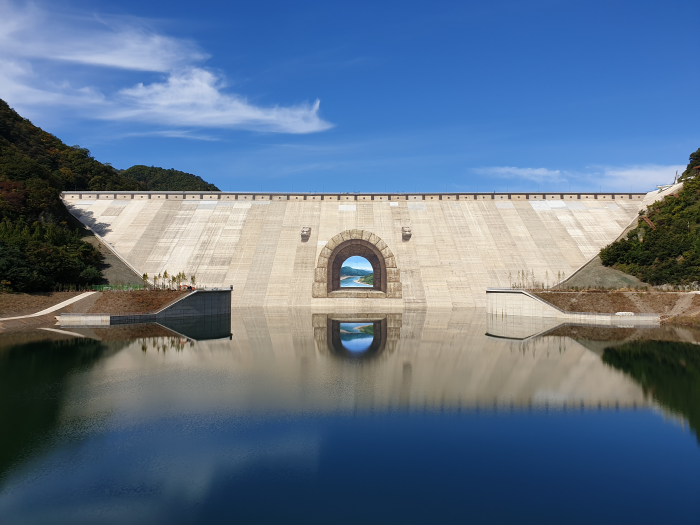

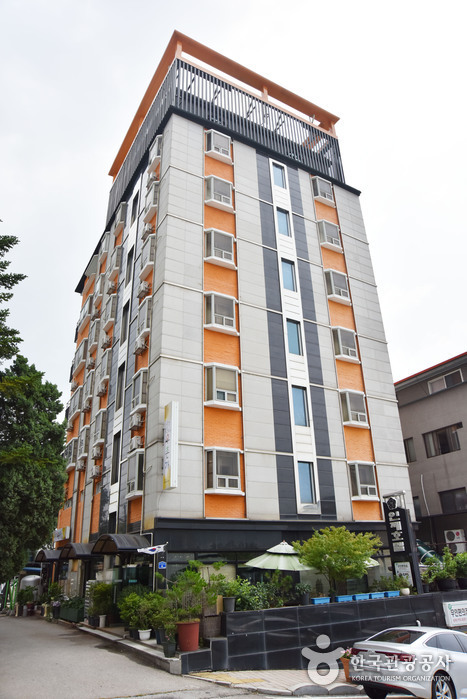
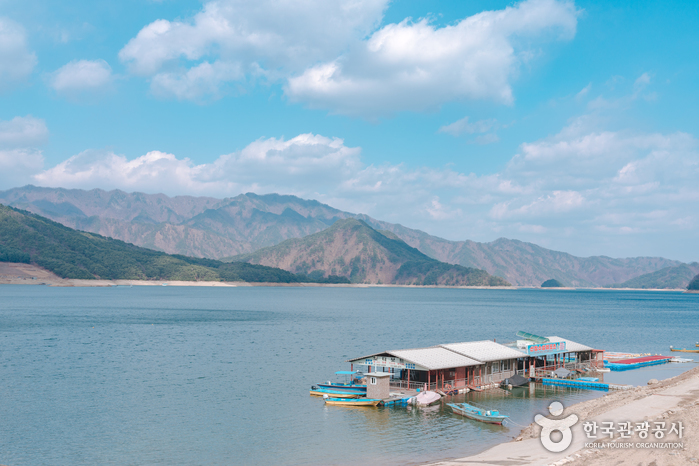
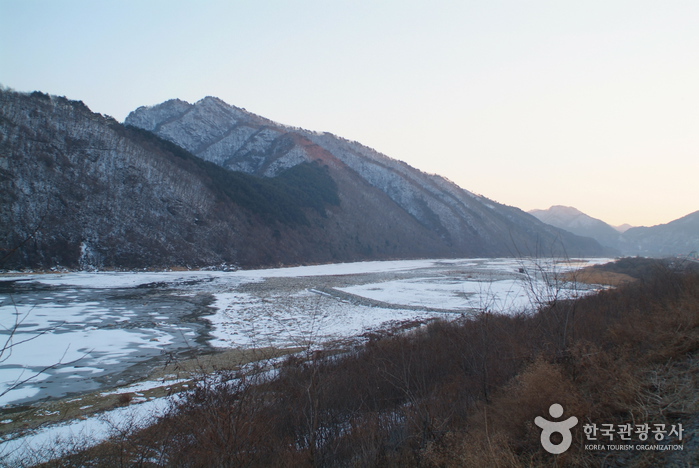
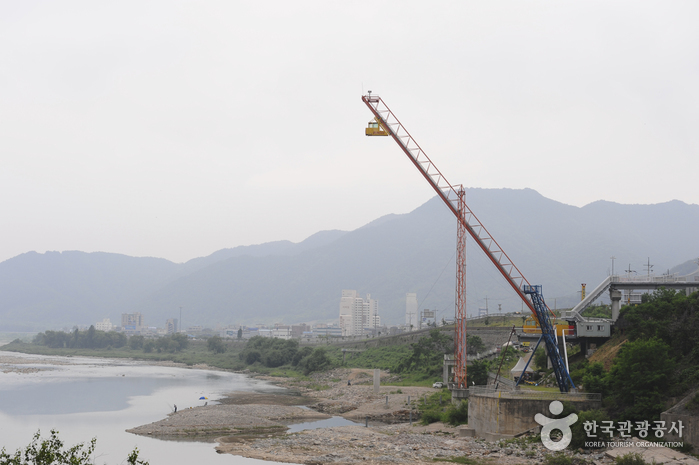
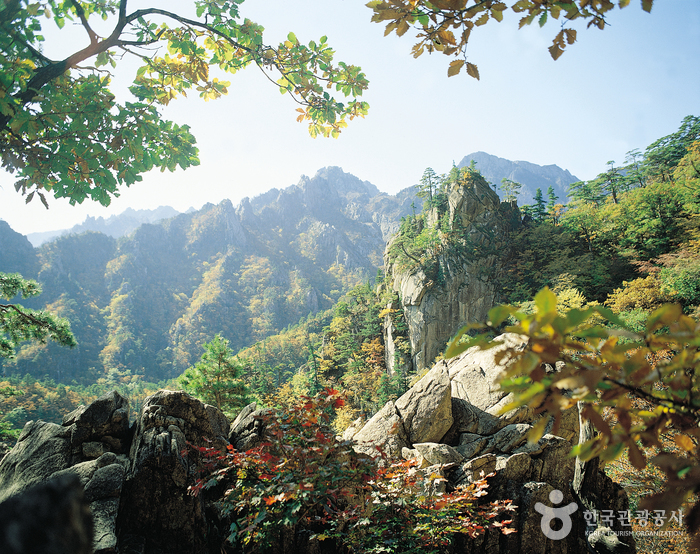
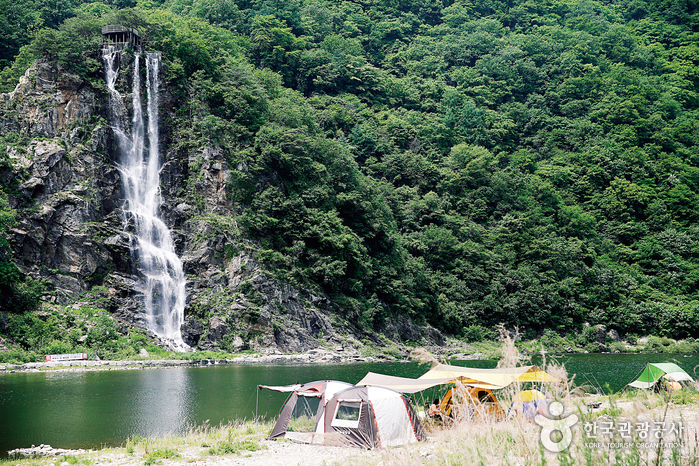
 English
English
 한국어
한국어 日本語
日本語 中文(简体)
中文(简体) Deutsch
Deutsch Français
Français Español
Español Русский
Русский